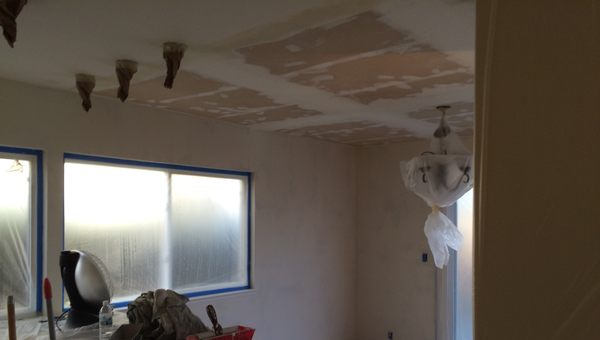With 5 months of riding, it is time for an update of the 2015 Specialized Crave Expert. A few hundred miles in, with about an even mix of road and off road riding, there are a few things to update.
I still hate the tires. I haven’t replaced them yet, but it will happen soon. They are a bit squirrely on hardpack, OK on loose/hard dirt, and awful in the mud. I am not a big mud rider, so this isn’t a bad thing per se, but I do ride a lot of hard pack. Will be changing them soon. The other thing is that the carcass of the tire aren’t very good at blocking thorns or sharp items. I have had A LOT of flats. Mr. Tuffy’s to the rescue.
The seat. I know some people rave about the Specialized seat, but I am not one of them. It rubs my crotch raw on ordinary rides (90 minutes or less). Time to upgrade to a better saddle. My Terry Fly Ti on my road bike is super comfortable for hours and hours of riding. I know it is a road saddle, but it will also be added to my mountain bike. Don’t tell anyone.
The brakes. Still super powerful, and smooth, but they have become noisy. Not a squeal, but an annoyance nonetheless. They are the organic pads, and the discs are not compatible with the better pads. I will probably swap for XTR discs, and better pads. When I have a couple hundred to spare. Until then, it is tolerable.
The fork. Rockshox Reba in the color scheme of the frame. This I really like. I bought a suspension pump, and got the air bladder set right for my portly weight, and it is great. The lockout is perfect for the tarmac milage between the dirt. I am sure there are better forks, but for my riding, I am happy with this set of silverware.
The wheels. Being the first disc brakes I have had on a bike, I am not as sensitive to being out of true as with a rim brake. However, every time I put the bike on the stand, the wheels are perfect. I know 5 months isn’t a long time, but I am happy so far. (Being a bit heavy my self, 235# plus, this is pretty good)
General impressions:
The 29″ wheels take some adjustment. It is not obvious what is different unless you ride 26 back to back with a 29, but it does roll over obstacles. One trail I ride has been abused by some heavy rainfall, and littered with some half buried babyheads. The Crave rolls right over them, even though there is a sphincter clench factor of 7. I know on a 26″ bike I would have gone over the bars.
The bike floats over some gnarly ruts as well. It takes some practice to just let it go (previously, I would brake hard, and paddle over some of these.)
Climbing is not its strength. I am not sure if it is the bike and the geometry, or just my confidence, but I used to just ride up and over roots and rocks that I just haven’t felt comfortable blasting up over them. The 2×9 gears are pretty sweet though, for smooth climbs it definitely rocks the dirt.
The frame geometry is pretty forgiving. You can carve a pretty tight line even with such large wheels, and do some amazing maneuvering. I like it.
Overall, the bike is a solid hardtail, with a good mix of capability and component quality. I am looking forward to many hundreds of dirt miles this year.
 Add to that the awful 70’s vintage “popcorn” ceiling, and you have a mess. Fortunately, our real estate agent recommended Mario to work it over. In a mere two days, they have:
Add to that the awful 70’s vintage “popcorn” ceiling, and you have a mess. Fortunately, our real estate agent recommended Mario to work it over. In a mere two days, they have:




